Home>Furniture & Design>Outdoor Furniture>What To Put On Outdoor Wood Furniture To Protect It
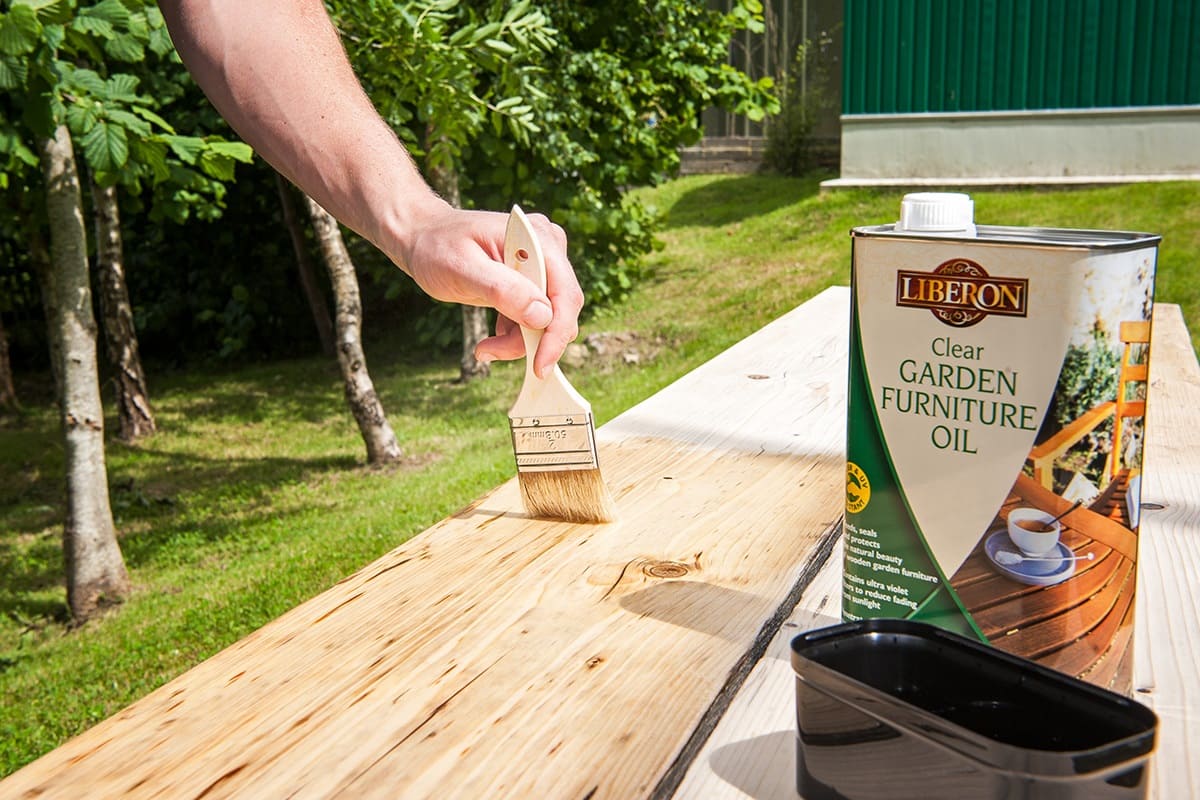

Outdoor Furniture
What To Put On Outdoor Wood Furniture To Protect It
Modified: January 20, 2024
Protect your outdoor wood furniture with the right products to keep it looking great. Learn what to use to shield your outdoor furniture from the elements.
(Many of the links in this article redirect to a specific reviewed product. Your purchase of these products through affiliate links helps to generate commission for Storables.com, at no extra cost. Learn more)
Introduction
When it comes to creating an inviting outdoor living space, wood furniture can add a touch of natural beauty and warmth. Whether it's a classic Adirondack chair, a sturdy picnic table, or an elegant teak dining set, outdoor wood furniture enhances the ambiance of any patio, deck, or garden. However, exposure to the elements can take a toll on these pieces, leading to weathering, discoloration, and structural deterioration. To preserve the allure and longevity of outdoor wood furniture, it's essential to understand the various types of wood commonly used, the factors that impact their durability, and the best methods for protecting them from the elements.
In this comprehensive guide, we will explore the diverse types of outdoor wood furniture, delve into the factors that influence their resilience, and provide valuable insights into the most effective strategies for safeguarding these cherished pieces. Whether you're a homeowner looking to maintain your outdoor furniture or a design enthusiast seeking to elevate your outdoor decor, the knowledge and tips shared here will empower you to make informed decisions and extend the lifespan of your outdoor wood furniture. So, let's embark on this journey to uncover the secrets of preserving and enhancing the beauty of outdoor wood furniture.
Key Takeaways:
- Protect outdoor wood furniture from weathering and deterioration by using sealants, oils, varnishes, and regular cleaning. Understanding wood types and environmental factors is key to preserving its beauty and longevity.
- Applying protective coatings with precision and care, and adhering to maintenance best practices, can extend the lifespan of outdoor wood furniture. Choose the right protective measures based on wood type and local climate conditions.
Read more: How To Protect Outdoor Wood Furniture
Types of Outdoor Wood Furniture
Outdoor wood furniture comes in a diverse array of styles and designs, each tailored to suit specific outdoor settings and personal preferences. From the timeless appeal of cedar to the luxurious elegance of teak, the type of wood used greatly influences the aesthetic appeal and durability of outdoor furniture. Here are some popular types of outdoor wood furniture:
- Teak: Renowned for its exceptional durability and natural resistance to decay, teak is a highly sought-after choice for outdoor furniture. Its rich, golden-brown hue and fine grain lend an air of sophistication to any outdoor space.
- Cedar: Cedar wood is celebrated for its innate resistance to rot, insects, and moisture, making it an excellent option for outdoor furniture. Its distinct reddish-brown color and charming aroma add to its allure.
- Eucalyptus: Eucalyptus wood, prized for its eco-friendly properties and remarkable weather resistance, is a popular choice for outdoor furniture. Its warm, reddish-brown tones and smooth finish make it an attractive and sustainable option.
- Pine: Pine wood, often treated with a protective finish, is a budget-friendly option for outdoor furniture. Its light color and natural grain make it a versatile choice for various outdoor settings.
- Acacia: Acacia wood, known for its durability and water-resistant properties, is a favored material for outdoor furniture. Its warm, honey-toned hues and distinct grain patterns add a touch of natural elegance to outdoor spaces.
These are just a few examples of the many types of wood used to craft outdoor furniture. Each type boasts unique characteristics that cater to different tastes, climates, and maintenance preferences. Understanding the distinct features of these woods can help you select the most suitable outdoor furniture for your specific needs and environment.
Factors Affecting Outdoor Wood Furniture
Outdoor wood furniture is exposed to a myriad of environmental factors that can impact its appearance and structural integrity over time. Understanding these influential elements is crucial for effectively protecting and maintaining outdoor wood furniture. Here are the key factors that can affect outdoor wood furniture:
- Moisture: Excessive moisture, whether from rain, humidity, or dew, can lead to wood rot, mold, and warping. Proper moisture management is essential for preserving the longevity of outdoor wood furniture.
- Sunlight: Prolonged exposure to sunlight can cause wood to fade, leading to a loss of color and luster. Additionally, UV rays can contribute to the breakdown of wood fibers, potentially compromising the structural integrity of the furniture.
- Temperature Fluctuations: Fluctuating temperatures can cause wood to expand and contract, leading to cracks, splits, and other forms of damage. Extreme heat or cold can exacerbate these effects, impacting the overall stability of the furniture.
- Insects and Pests: Outdoor wood furniture is susceptible to damage from insects such as termites, carpenter ants, and wood-boring beetles. These pests can compromise the structural integrity of the furniture if left unchecked.
- Mold and Mildew: In damp, shaded areas, outdoor wood furniture can fall victim to mold and mildew growth. These unsightly and potentially harmful fungi can mar the appearance of the furniture and contribute to its deterioration.
- Pollutants and Airborne Particles: Airborne pollutants, such as dirt, dust, and pollutants, can accumulate on outdoor wood furniture, leading to discoloration and surface degradation over time.
By being mindful of these influential factors, outdoor furniture owners can take proactive measures to mitigate their impact and safeguard their beloved pieces from premature wear and tear. From choosing the right protective coatings to implementing regular maintenance routines, addressing these factors is key to preserving the beauty and functionality of outdoor wood furniture.
Apply a protective sealant or outdoor wood finish to your outdoor wood furniture to protect it from the elements. Look for products specifically designed for outdoor use and follow the manufacturer’s instructions for best results.
Options for Protecting Outdoor Wood Furniture
Preserving the allure and structural integrity of outdoor wood furniture necessitates the implementation of effective protective measures. Fortunately, there are several options available to shield outdoor wood furniture from the detrimental effects of the elements. Here are some popular methods for protecting outdoor wood furniture:
- Sealants and Stains: Applying a high-quality sealant or stain to outdoor wood furniture can provide a protective barrier against moisture, UV rays, and general wear. Sealants help prevent water penetration, while stains can enhance the wood’s natural color and grain while providing UV protection.
- Protective Oils: Natural oils, such as teak oil or linseed oil, can be used to nourish and protect outdoor wood furniture. These oils penetrate the wood, replenishing its natural oils and providing a degree of protection against moisture and UV damage.
- Varnishes and Polyurethane: Varnishes and polyurethane coatings create a durable, water-resistant finish that shields outdoor wood furniture from moisture, sunlight, and abrasion. They can enhance the wood’s appearance while providing long-lasting protection.
- Outdoor Furniture Covers: Utilizing weather-resistant covers when outdoor furniture is not in use can safeguard it from rain, snow, and UV exposure. Quality covers are designed to fit snugly and provide an additional layer of defense against the elements.
- Regular Cleaning and Maintenance: Implementing a routine cleaning and maintenance schedule is essential for preserving outdoor wood furniture. Regularly removing dirt, debris, and environmental contaminants can prevent premature degradation and maintain the furniture’s aesthetic appeal.
- Shading and Shelter: Positioning outdoor wood furniture in shaded or sheltered areas can help reduce its exposure to direct sunlight, moisture, and temperature fluctuations, thereby prolonging its lifespan.
Each of these protective options offers unique benefits and considerations, and the most suitable choice depends on factors such as the type of wood, local climate conditions, and personal preferences. By carefully selecting and implementing the appropriate protective measures, outdoor wood furniture owners can effectively shield their cherished pieces from the challenges posed by the outdoor environment.
Tips for Applying Protective Coatings to Outdoor Wood Furniture
When it comes to safeguarding outdoor wood furniture, the proper application of protective coatings is paramount. Whether you opt for sealants, stains, oils, or varnishes, the following tips can help ensure that the protective coatings are applied effectively, maximizing their ability to shield the wood from environmental stressors:
- Surface Preparation: Before applying any protective coating, it’s crucial to prepare the wood surface. This typically involves thorough cleaning to remove dirt, grime, and any existing coatings. Sanding the wood lightly can also promote better adhesion of the protective coating.
- Appropriate Conditions: Choose a day with mild temperatures and low humidity for applying protective coatings. Avoid direct sunlight and strong winds, as they can interfere with the application process and the drying of the coating.
- Even Application: Whether using a brush, roller, or sprayer, strive for an even and consistent application of the protective coating. Uneven application can lead to variations in protection and appearance.
- Follow Manufacturer’s Instructions: Different protective coatings have specific application guidelines provided by their manufacturers. Adhering to these instructions ensures optimal performance and longevity of the protective coating.
- Multiple Coats: Depending on the type of protective coating used, applying multiple thin coats may be more effective than a single heavy coat. This approach allows for better penetration and coverage while minimizing the risk of drips and unevenness.
- Drying and Curing Time: Allow adequate time for the protective coating to dry and cure between coats and before exposing the furniture to outdoor conditions. Rushing this process can compromise the effectiveness of the coating.
- Regular Maintenance: Even with protective coatings, regular maintenance is essential. Periodically inspect the furniture for signs of wear or damage to the coating, and reapply protective coatings as needed to maintain optimal protection.
By adhering to these tips and best practices, outdoor wood furniture owners can ensure that protective coatings are applied with precision and care, fortifying the furniture against moisture, sunlight, and other environmental challenges. This proactive approach not only enhances the longevity of outdoor wood furniture but also preserves its aesthetic appeal for years to come.
Read more: How To Protect Outdoor Acacia Wood Furniture
Conclusion
Outdoor wood furniture holds a special place in the hearts of homeowners and design enthusiasts alike, offering a harmonious blend of natural beauty and functional elegance. However, the outdoor environment presents a host of challenges that can compromise the integrity and visual appeal of these cherished pieces. By understanding the diverse types of outdoor wood furniture, recognizing the factors that influence their durability, and exploring effective protective measures, individuals can take proactive steps to preserve and enhance the beauty of their outdoor furniture.
From the enduring allure of teak to the eco-friendly properties of eucalyptus, the choice of wood plays a pivotal role in the performance and aesthetics of outdoor furniture. Each type of wood brings its own unique characteristics and maintenance requirements, empowering consumers to make informed decisions based on their specific needs and preferences.
Moreover, the environmental factors that impact outdoor wood furniture, such as moisture, sunlight, and temperature fluctuations, underscore the importance of implementing protective measures. Whether through sealants, oils, varnishes, or regular maintenance, there are various strategies available to shield outdoor wood furniture from the ravages of the elements.
By applying protective coatings with precision, adhering to best practices for maintenance, and being mindful of environmental considerations, outdoor wood furniture owners can extend the lifespan of their beloved pieces and enjoy their beauty for years to come. Whether it’s a cozy patio ensemble or a statement-making dining set, outdoor wood furniture has the potential to transform any outdoor space into a welcoming retreat.
Ultimately, the art of preserving outdoor wood furniture lies in a harmonious blend of knowledge, care, and proactive maintenance. Armed with the insights and tips shared in this guide, individuals can embark on a journey to protect and enhance the allure of their outdoor wood furniture, ensuring that it continues to enrich outdoor living spaces with its timeless charm and enduring appeal.
Frequently Asked Questions about What To Put On Outdoor Wood Furniture To Protect It
Was this page helpful?
At Storables.com, we guarantee accurate and reliable information. Our content, validated by Expert Board Contributors, is crafted following stringent Editorial Policies. We're committed to providing you with well-researched, expert-backed insights for all your informational needs.
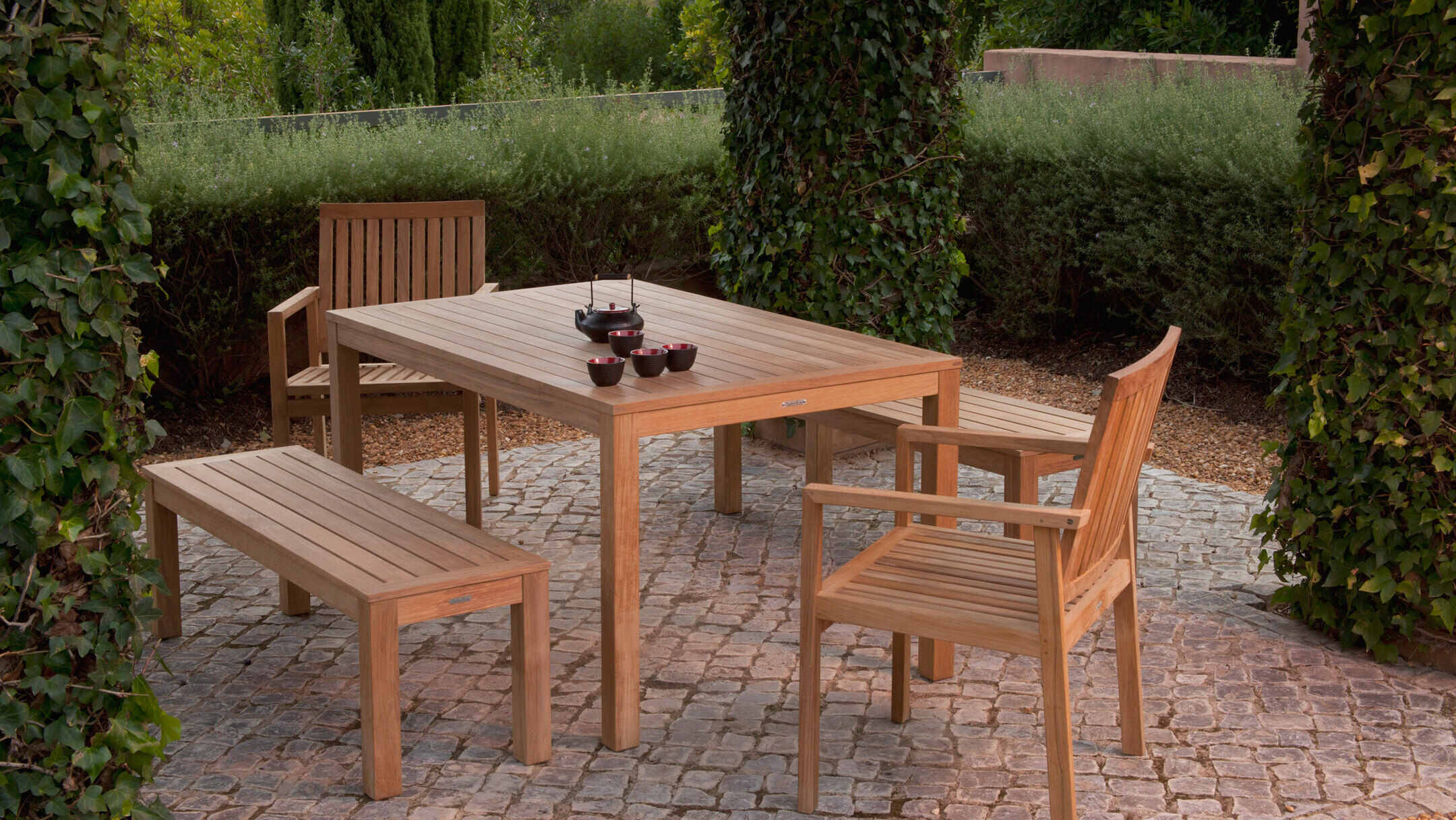
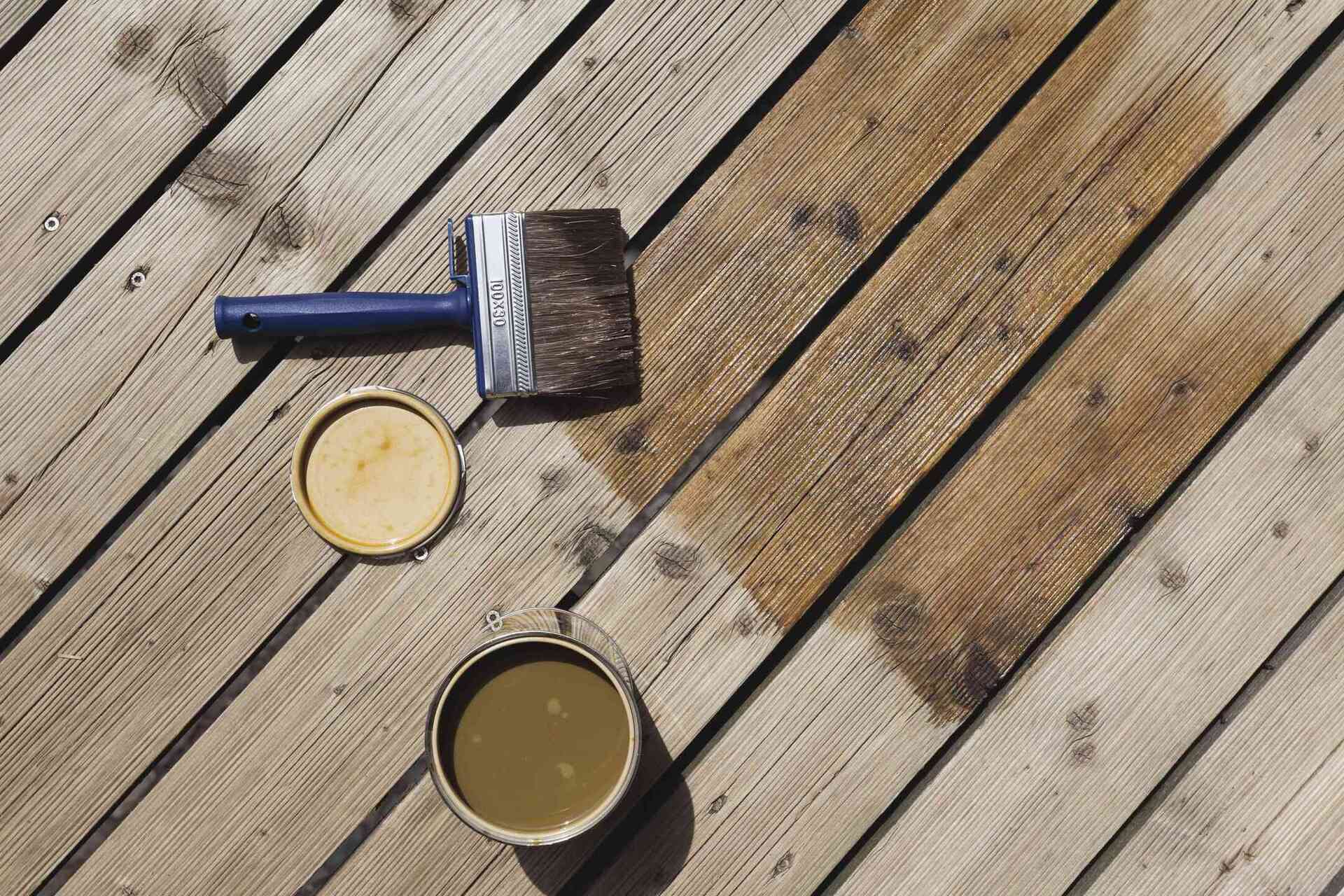
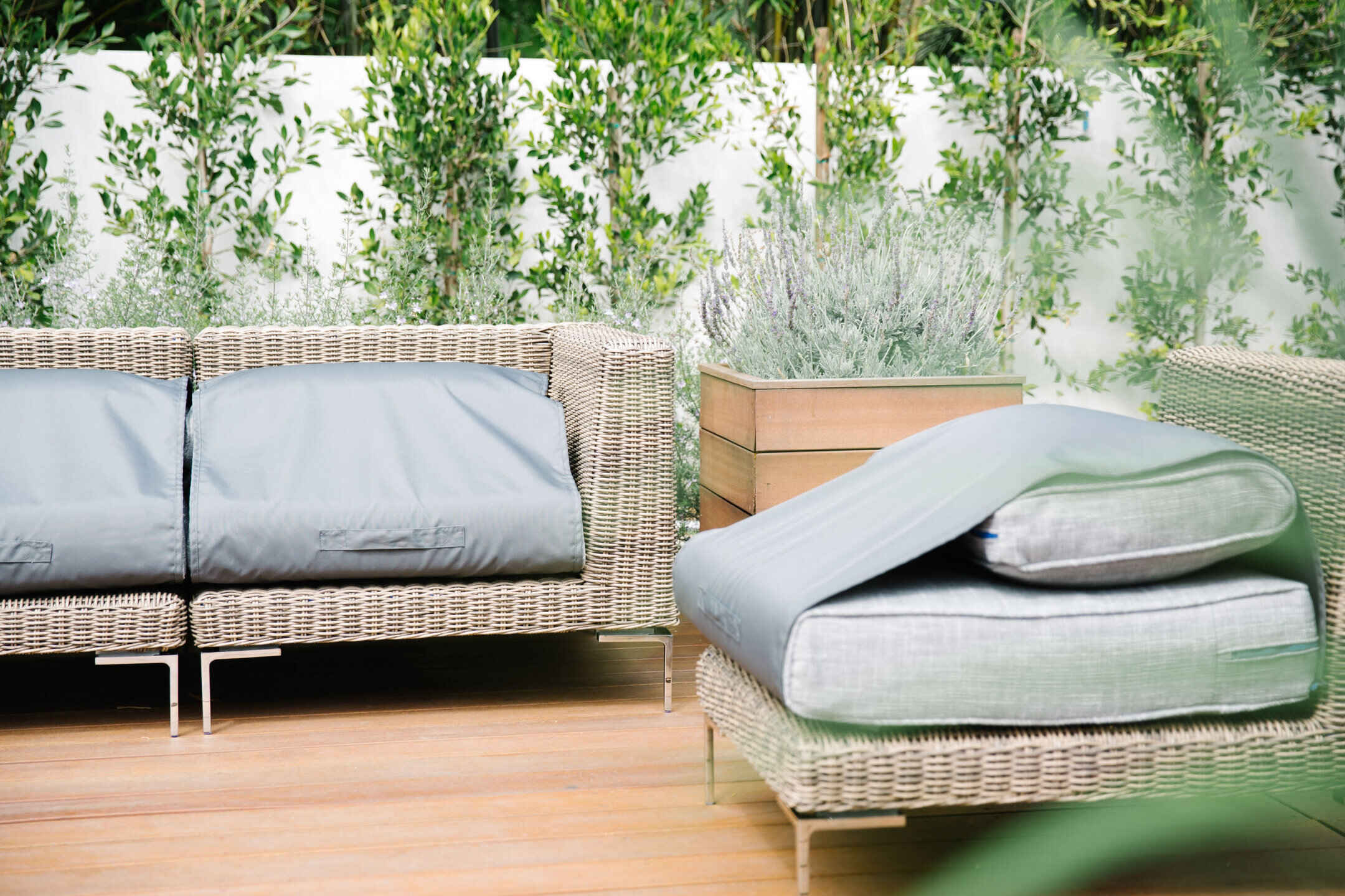
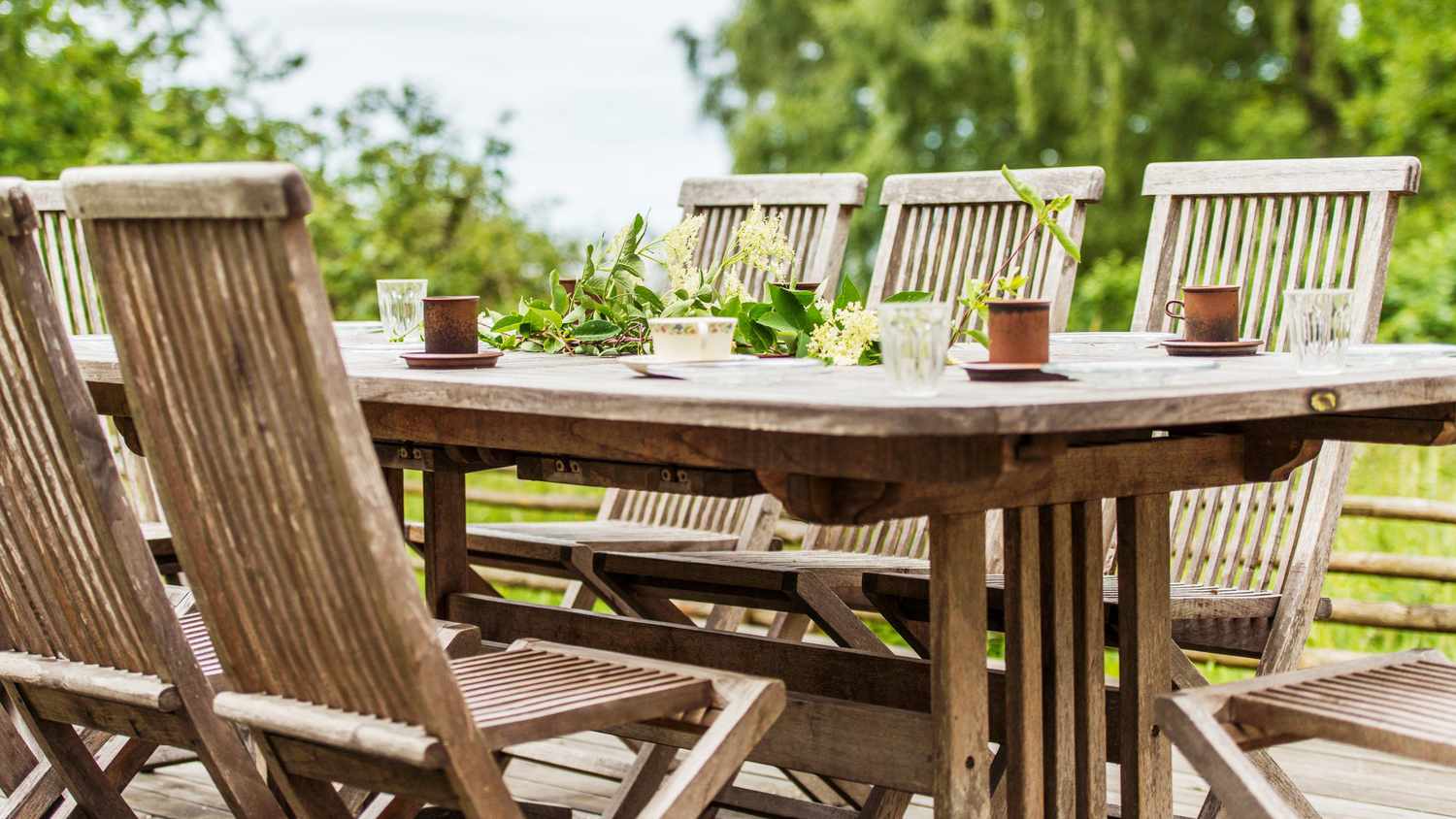
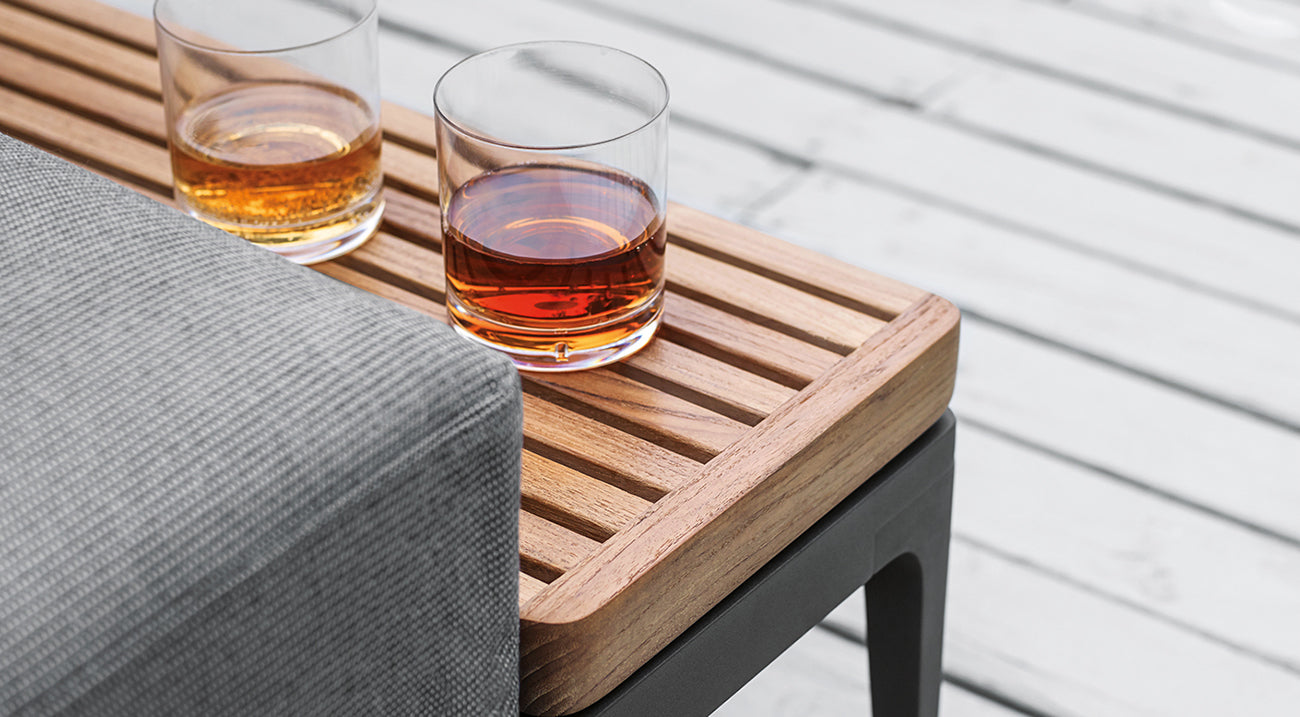
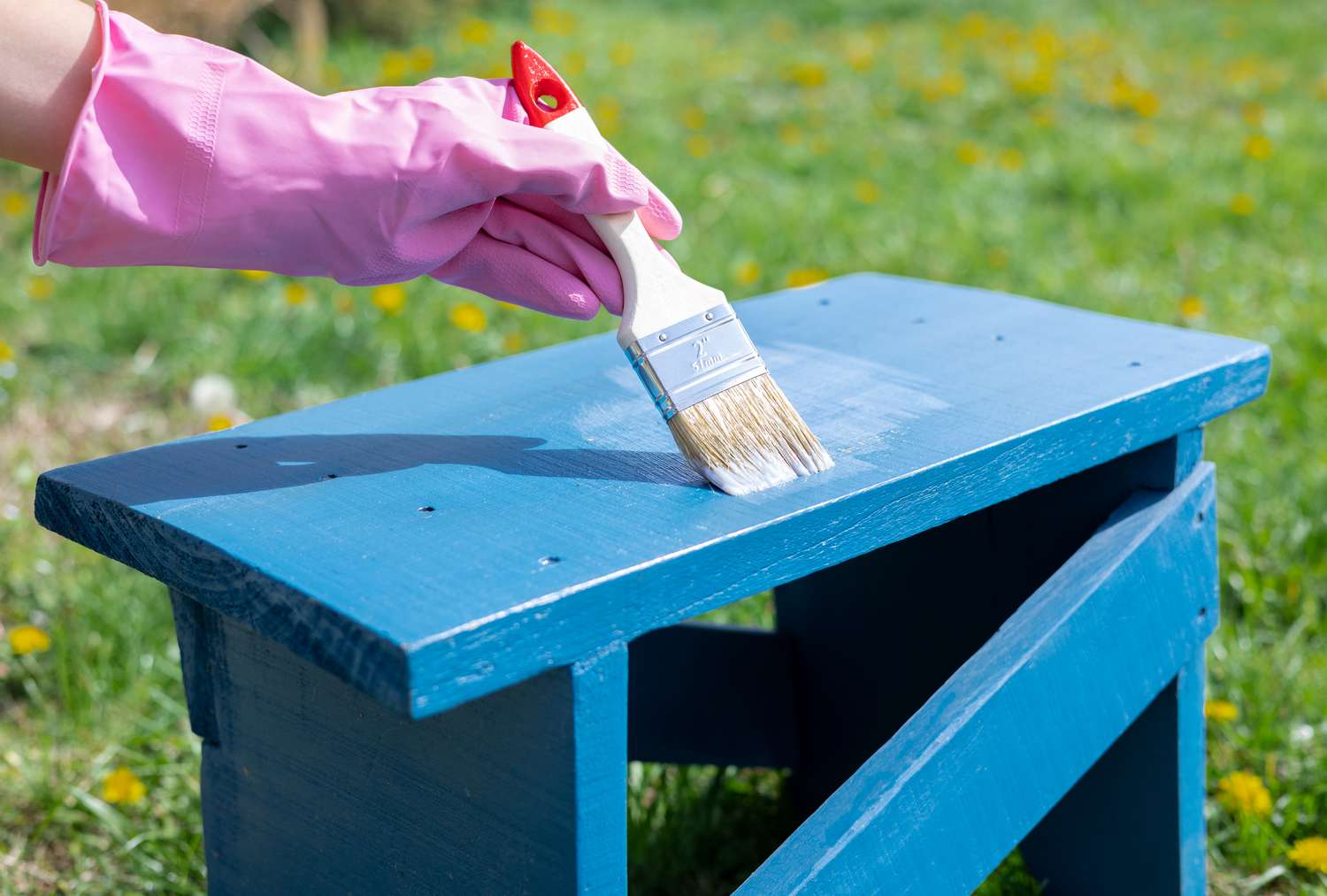
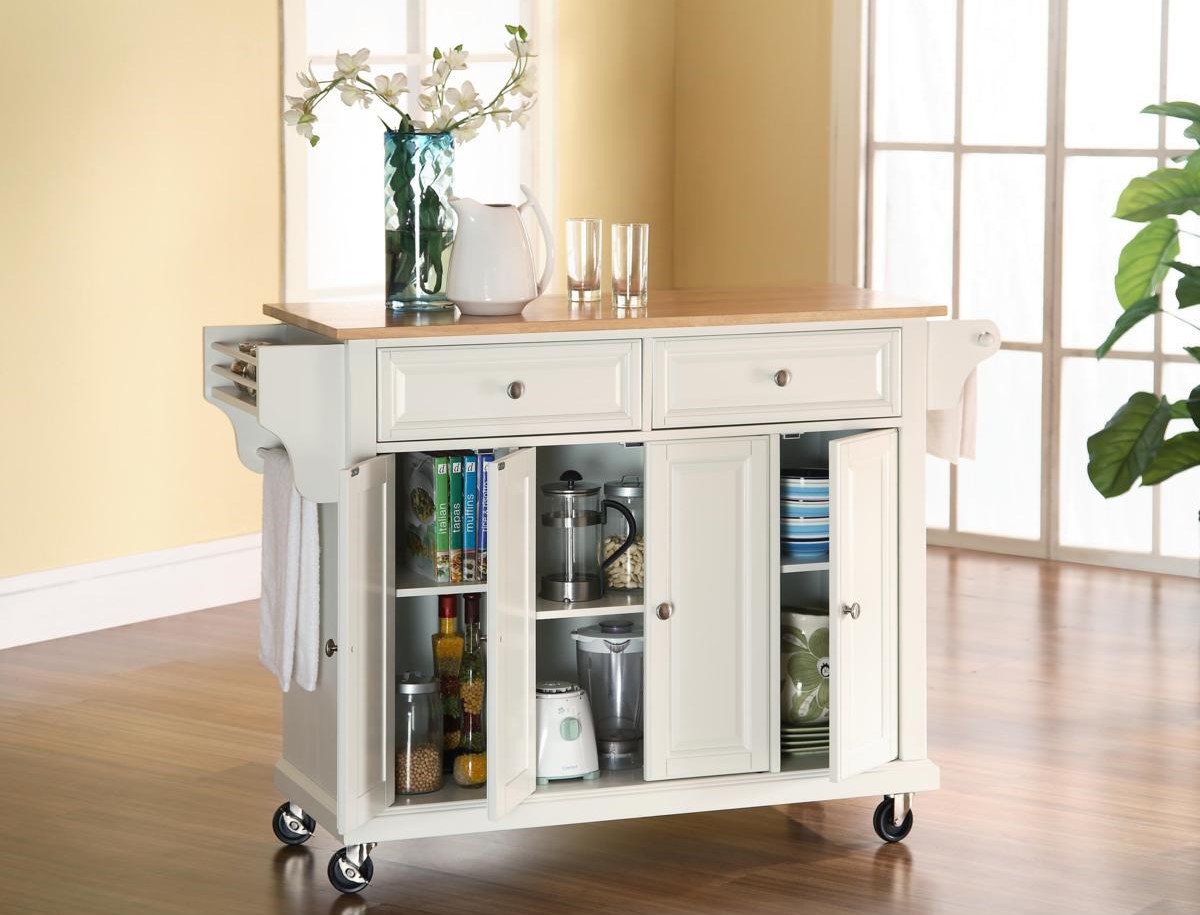
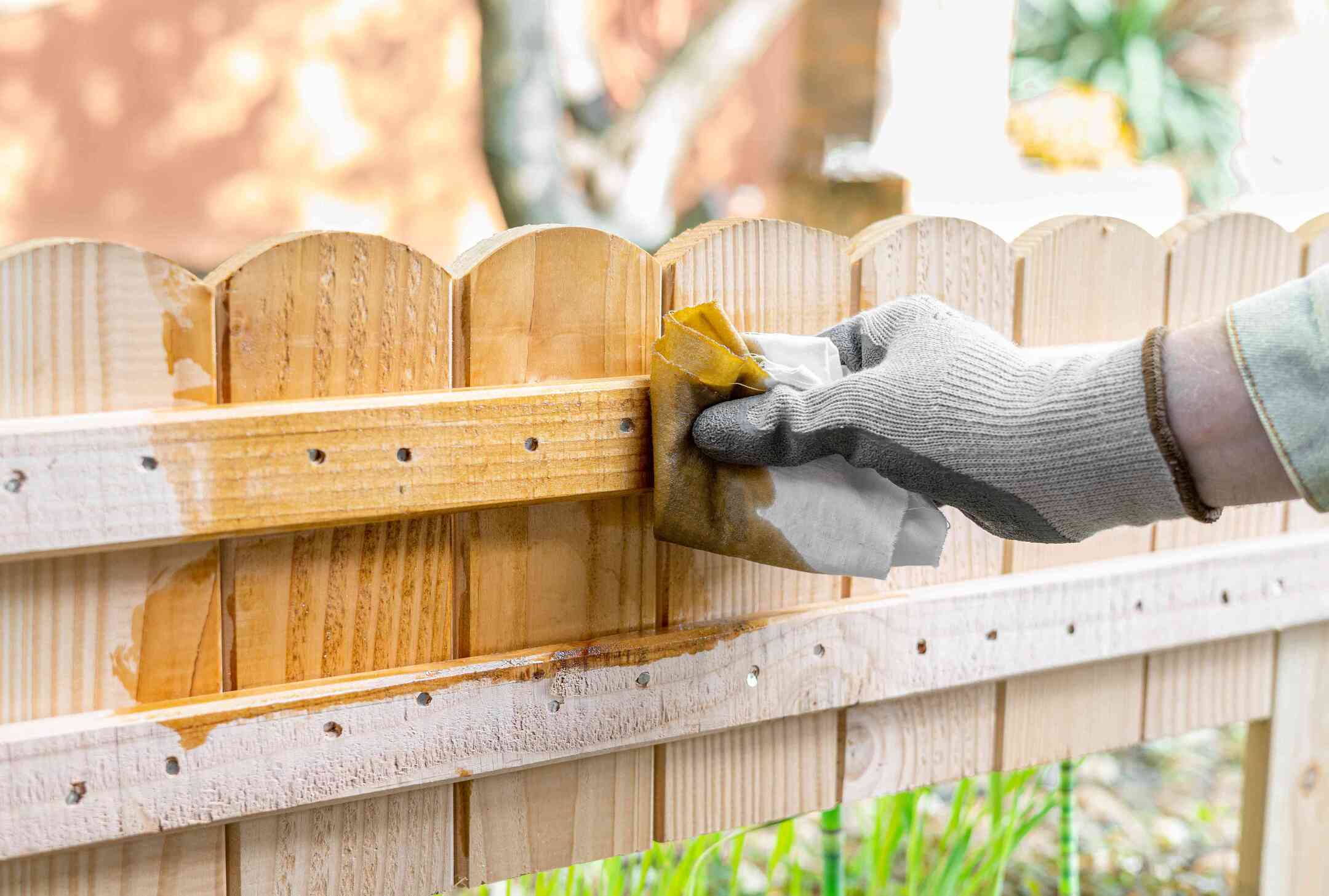
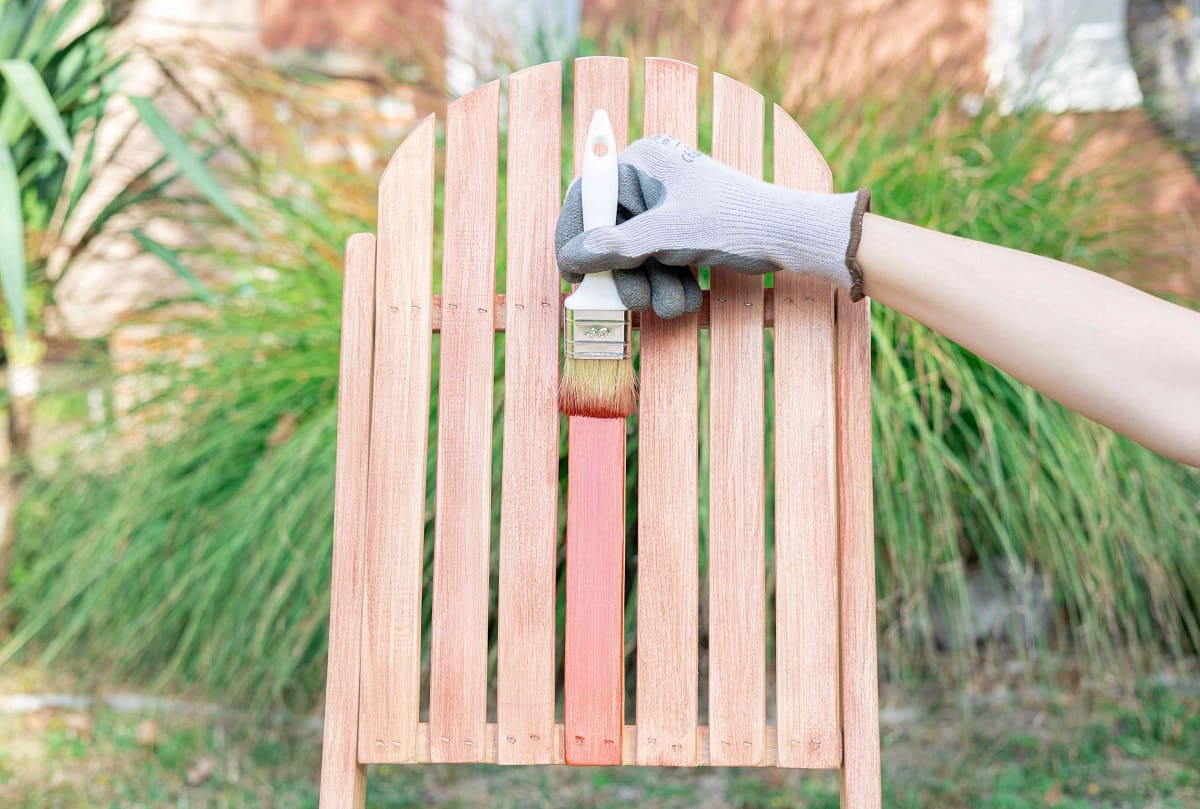
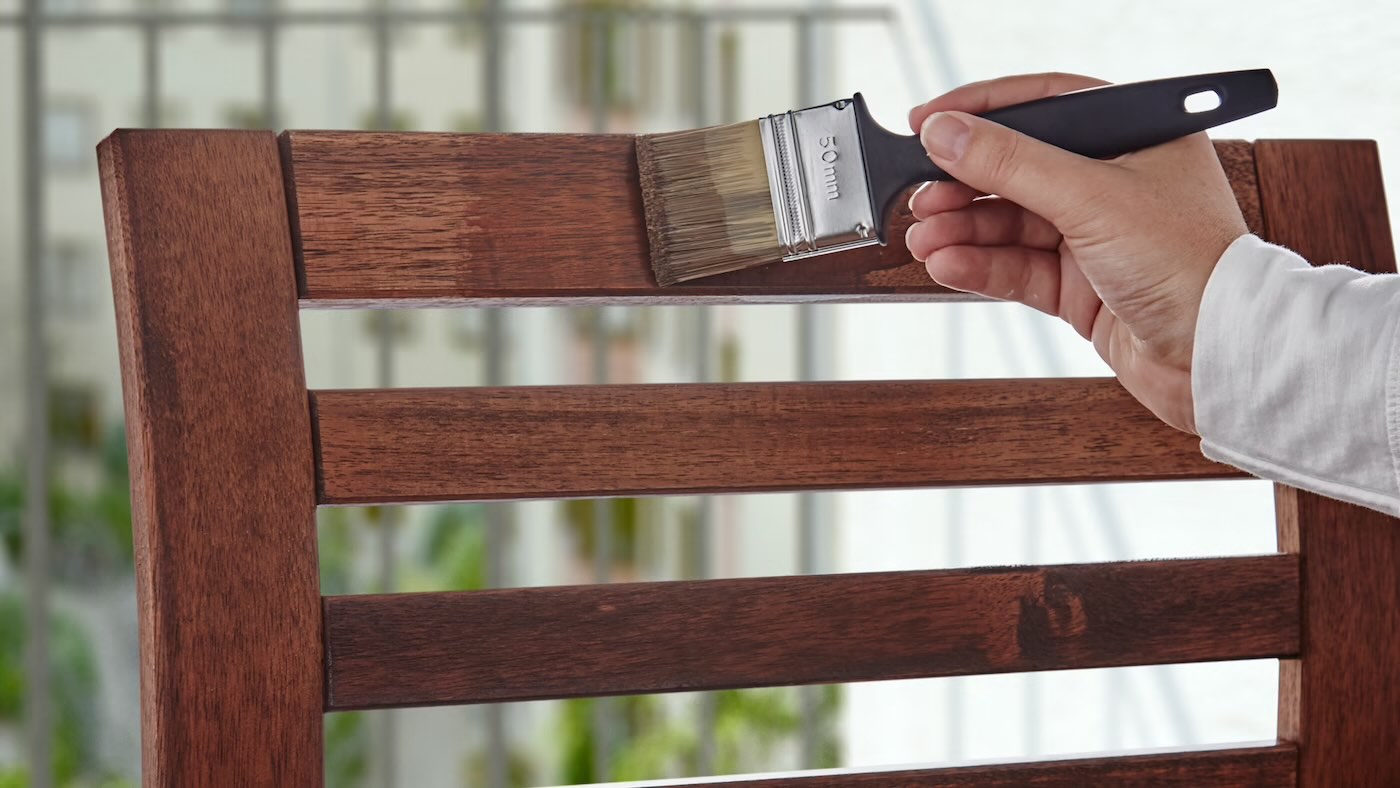
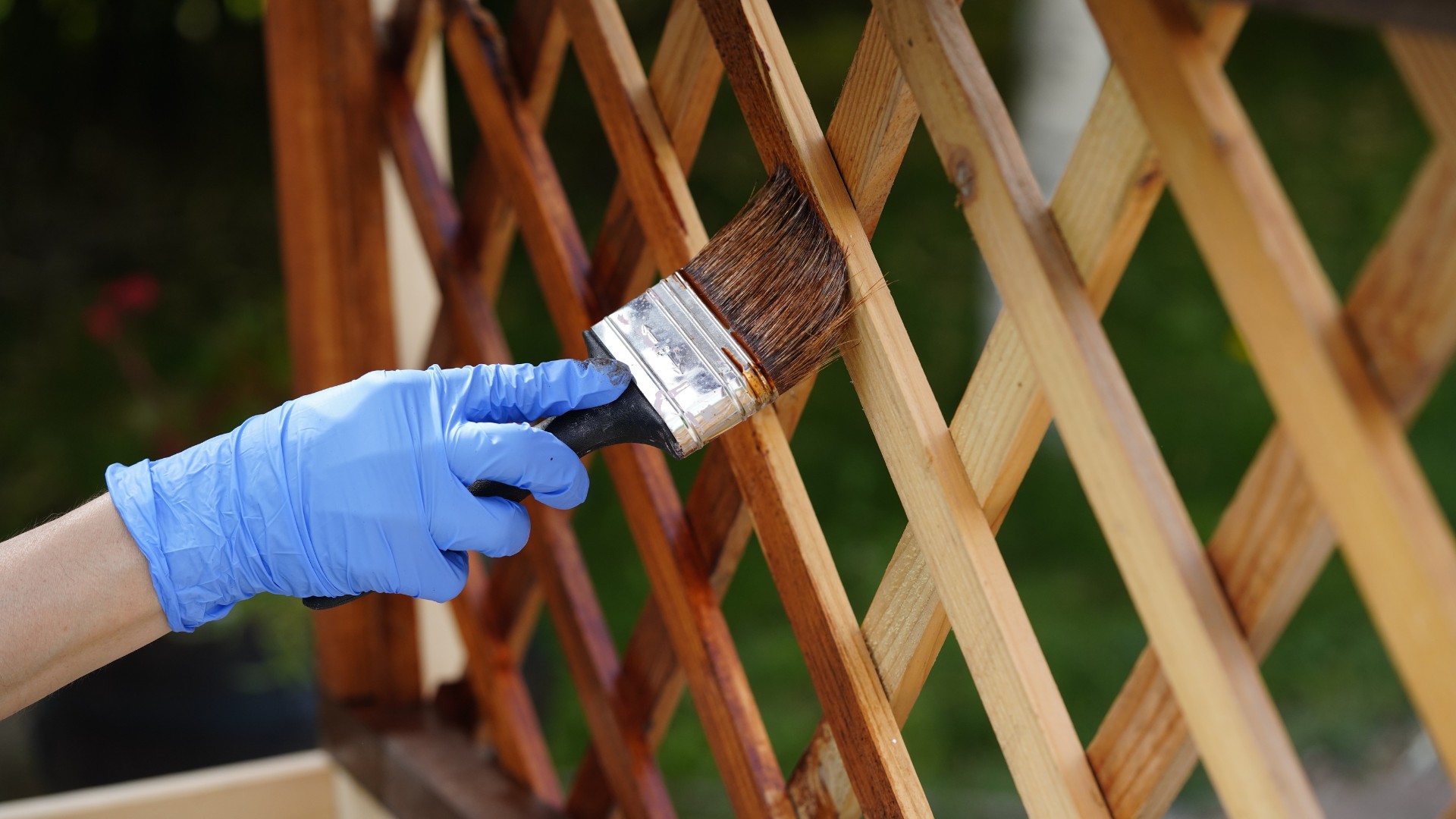
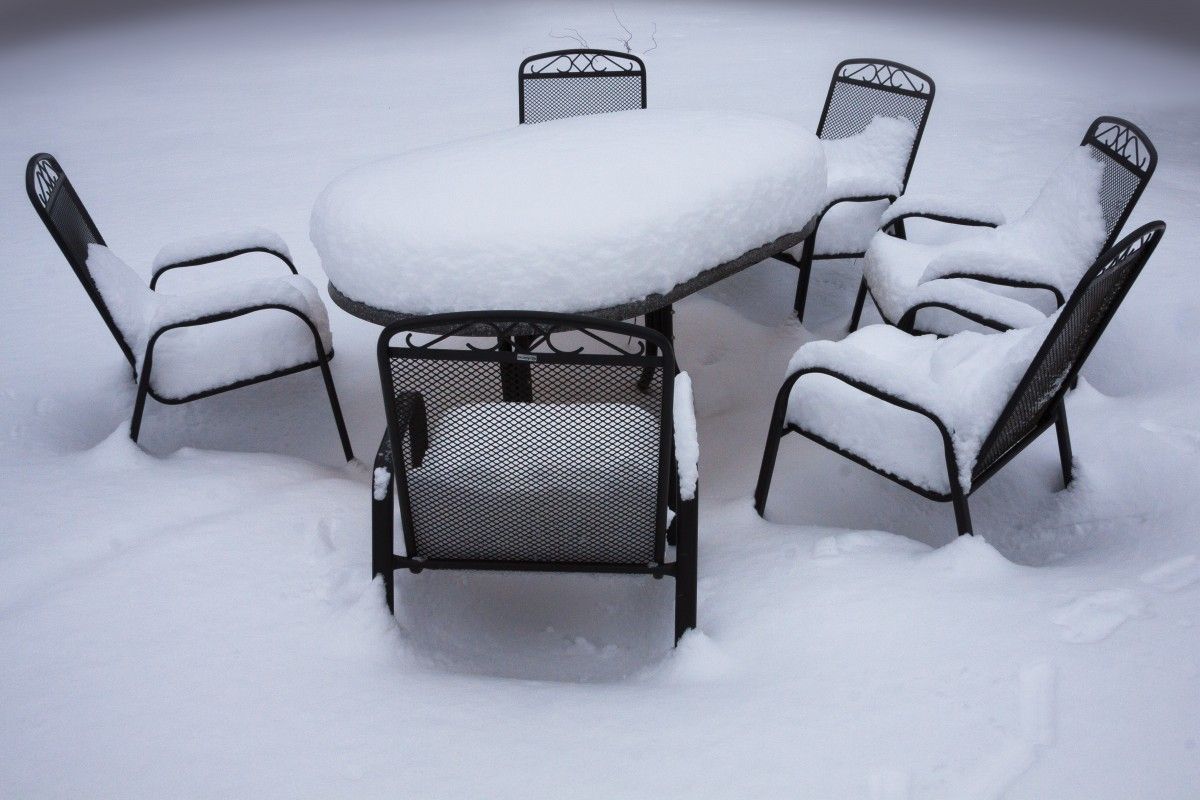
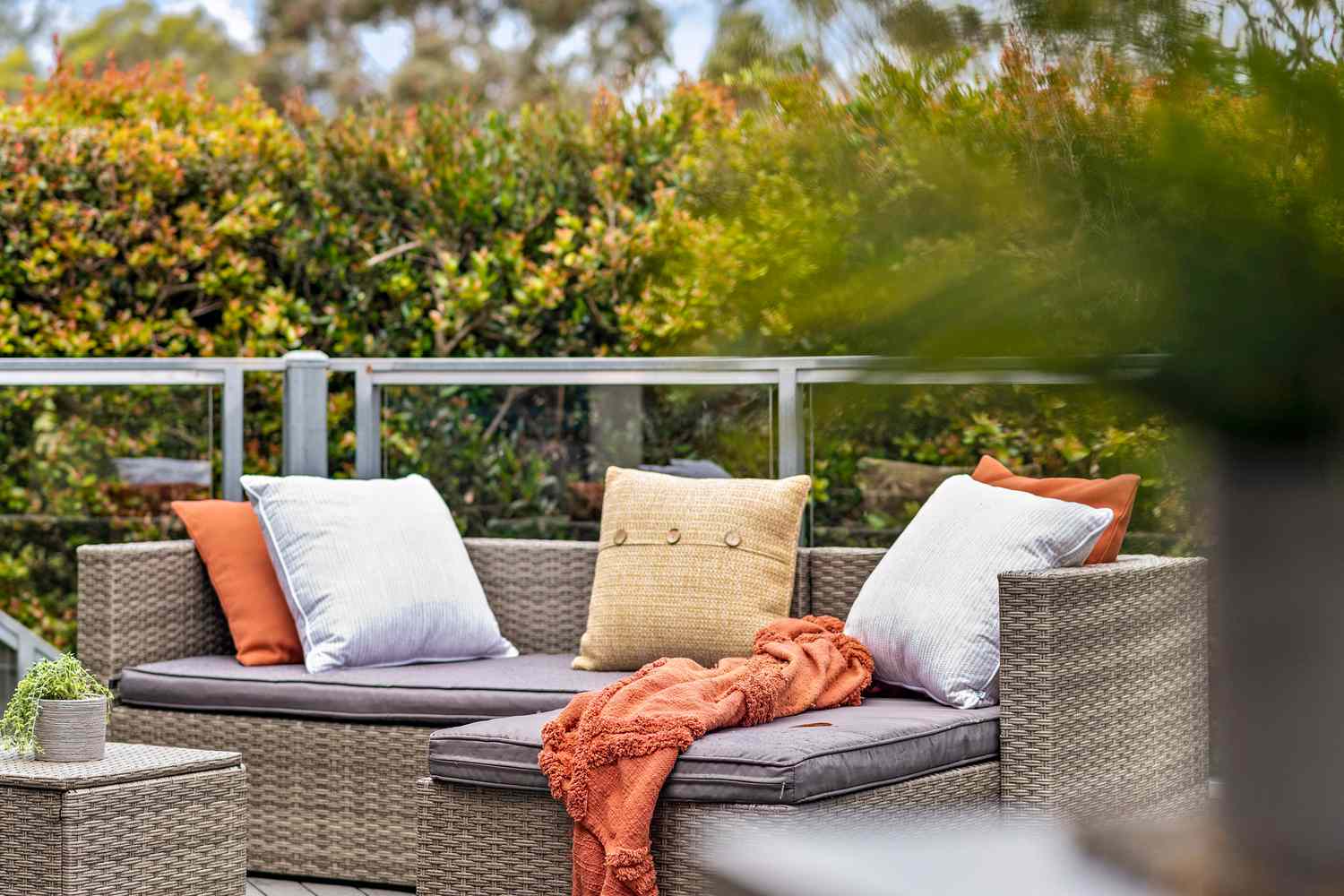
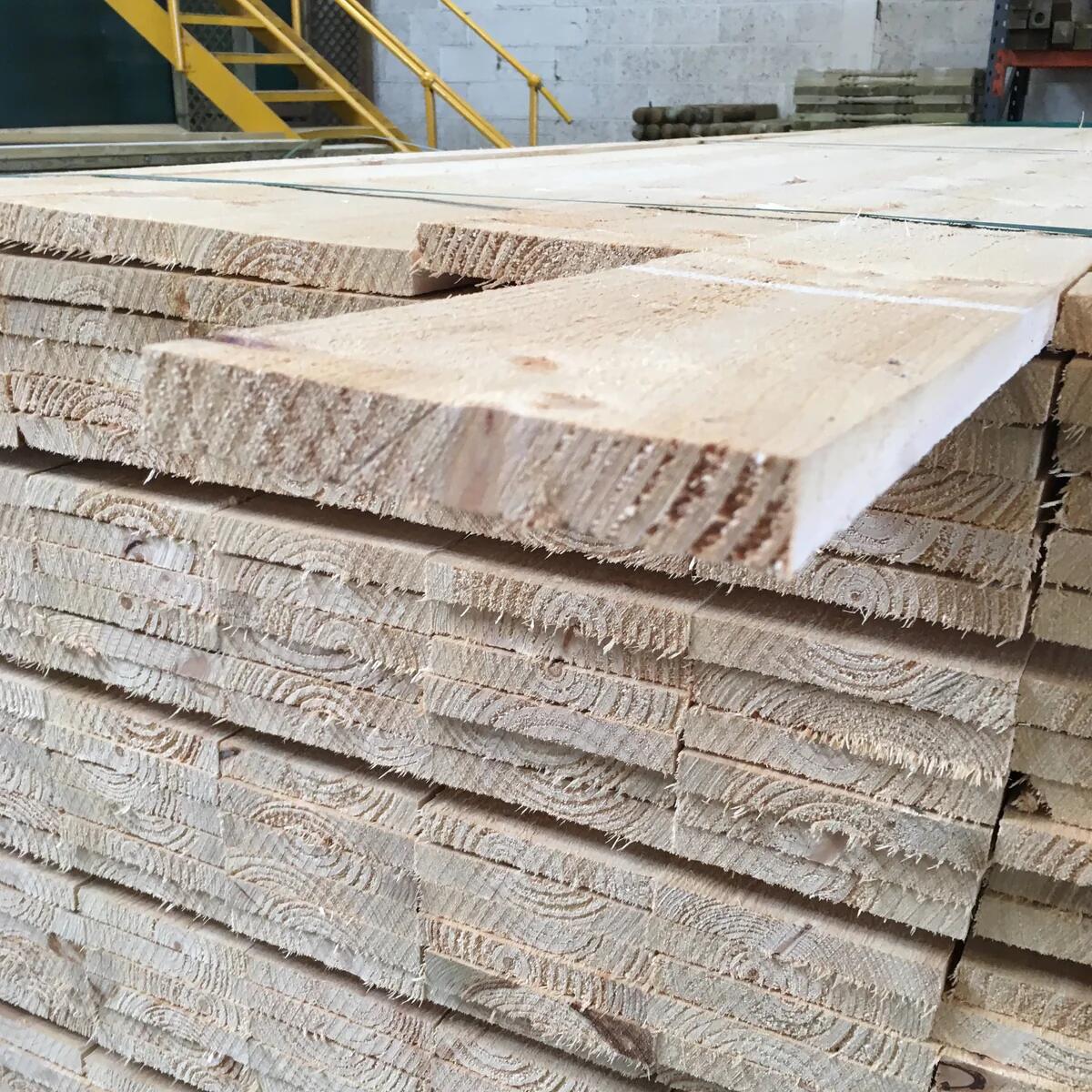

0 thoughts on “What To Put On Outdoor Wood Furniture To Protect It”